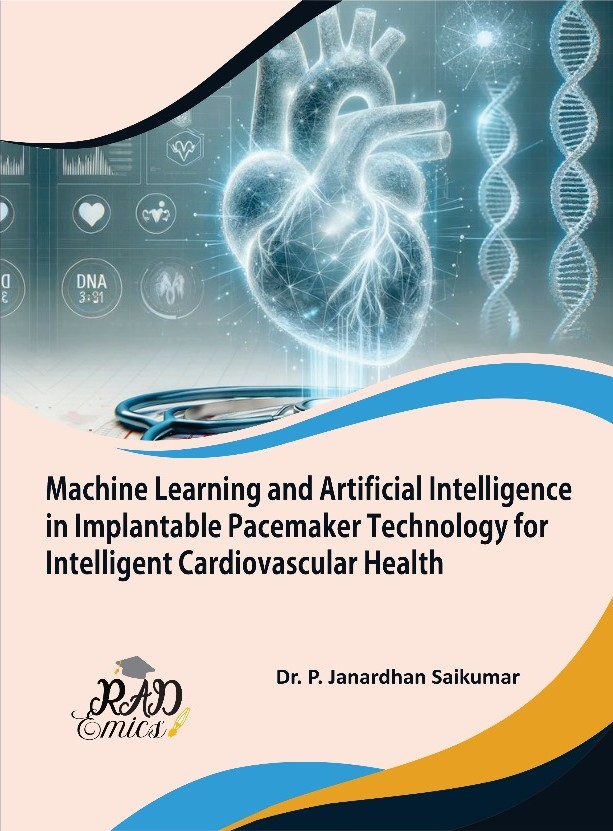
Abstract
Bradyarrhythmias and tachyarrhythmias are among the most prevalent and life-threatening cardiac rhythm disorders, demanding timely detection and intervention to prevent adverse outcomes. Traditional diagnostic methods, such as periodic ECG and Holter monitoring, often fail to capture transient or asymptomatic events. Recent advancements in artificial intelligence and predictive analytics are transforming cardiac care by enabling real-time detection and forecasting of arrhythmic events through continuous monitoring. This chapter explores the architecture and design of AI-powered predictive pipelines that combine wearable sensors, edge computing, signal preprocessing, and machine learning models for early arrhythmia detection. Privacy-preserving techniques such as federated learning and on-device inference are discussed as solutions to safeguard sensitive patient data while maintaining high model performance. The chapter highlights technical, clinical, and regulatory challenges involved in deploying predictive systems at scale, emphasizing the importance of robust validation, explainable AI, and compliance with data protection standards. Case studies and emerging research directions illustrate the potential of adaptive, closed-loop cardiac monitoring systems to personalize arrhythmia management and reduce the global burden of sudden cardiac events. By addressing current gaps and best practices, this work serves as a guide for researchers and practitioners working at the intersection of cardiology, data science, and intelligent health technologies.
Introduction
Cardiac arrhythmias, including bradyarrhythmias and tachyarrhythmias [1], continue to rank among the most common causes of sudden cardiac arrest, heart failure exacerbations, and hospital admissions worldwide [2]. These electrical disturbances disrupt the heart’s normal rhythm, often presenting unpredictably and remaining undetected until they progress to severe clinical events [3]. While electrocardiography and ambulatory Holter monitoring remain gold standards for arrhythmia diagnosis, their limited monitoring windows and snapshot nature leave transient or asymptomatic episodes overlooked [4]. This gap underscores the need for continuous, real-time surveillance capable of capturing subtle irregularities in cardiac electrical activity [5].
The evolution of wearable and implantable monitoring technologies has created the infrastructure for continuous ECG recording in daily life [6]. Modern devices, ranging from smartwatches to advanced cardiac implants, can generate uninterrupted streams of high-resolution biosignals [7]. The challenge shifts from simply acquiring data to extracting clinically meaningful insights in real time [8]. Manual interpretation of such massive, continuous datasets was impractical for clinicians [9], highlighting the role of artificial intelligence in automating detection and prediction [10].
Machine learning and deep learning techniques have shown promise in classifying arrhythmic patterns with accuracy that approaches expert-level interpretation [11]. These models can learn from large annotated ECG datasets [12], recognizing complex morphological features and temporal dependencies that may signal early arrhythmogenic changes [13]. Combining these capabilities with time-series forecasting allows predictive systems to not only detect current arrhythmias but also estimate the likelihood of future events [14], offering a proactive layer to cardiac care [15].